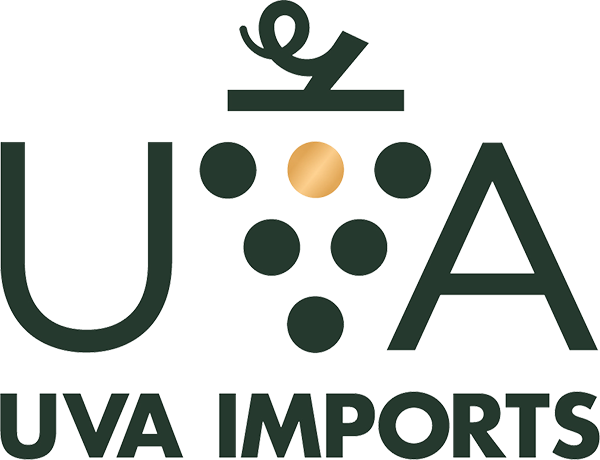Nine Oaks Estate
wines
hectares
%
native yeast
Chemicals Used
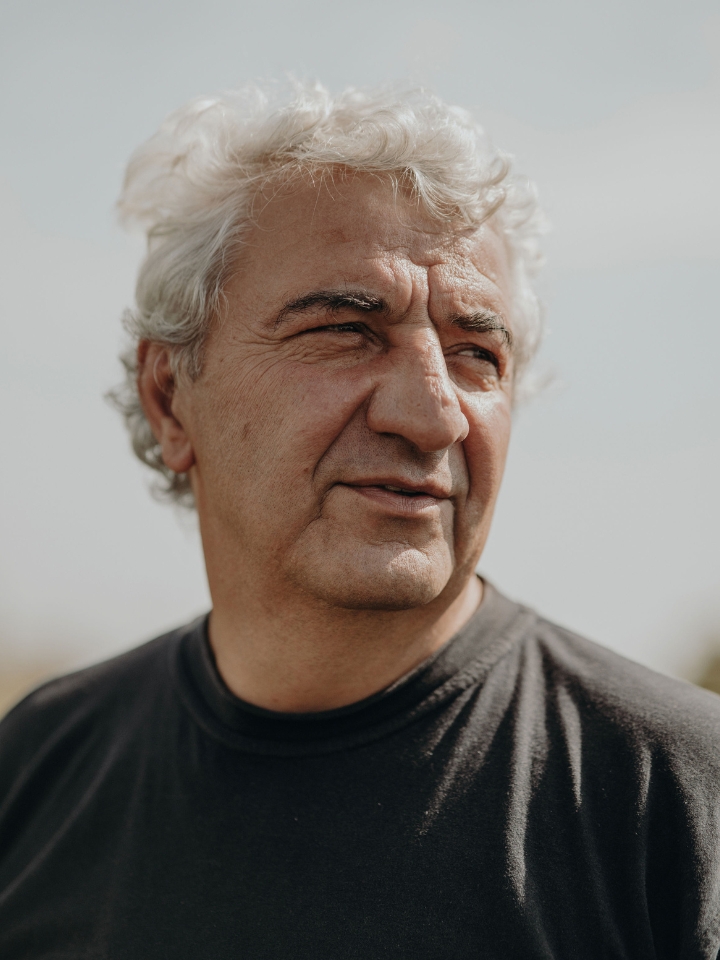
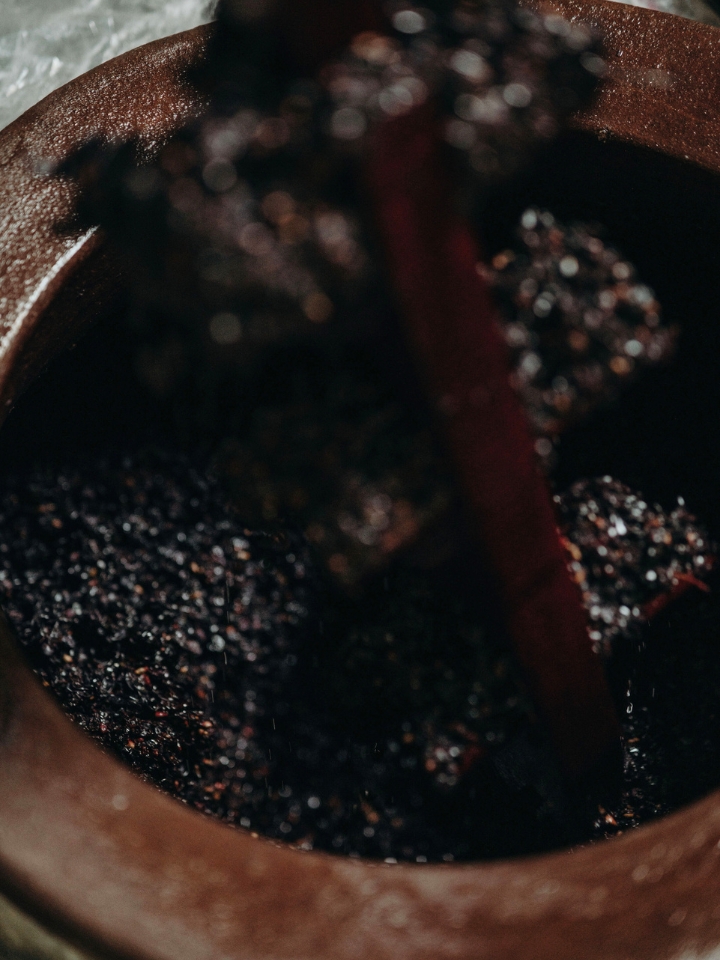
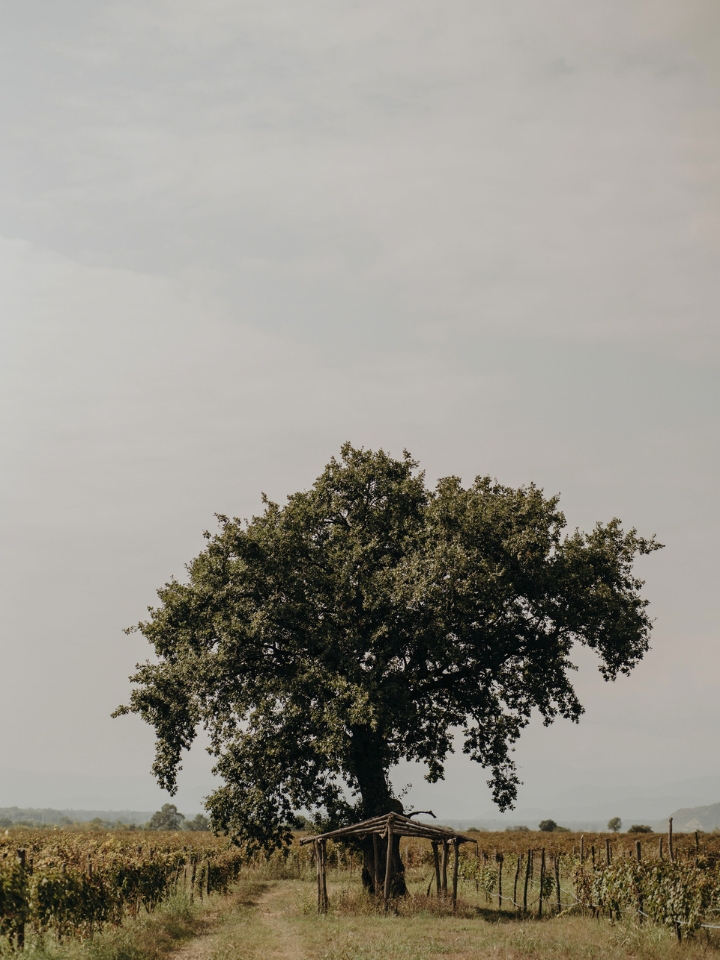
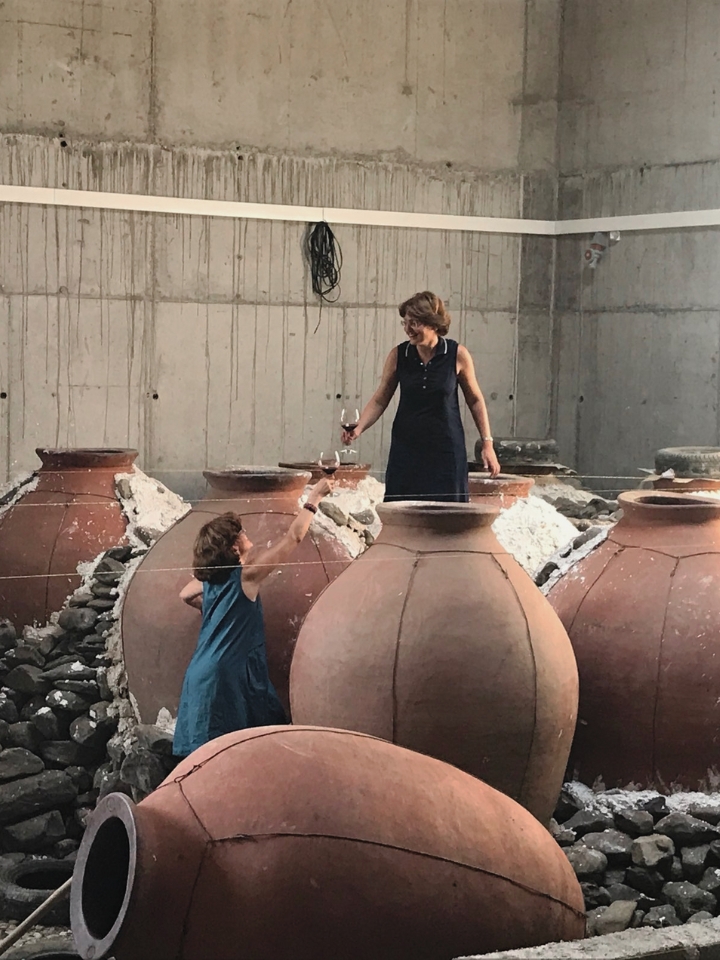
At A Glance
The country of Georgia is the oldest known wine producing region in the world with artifacts dating back eight thousand years. Georgian renaissance man, Mamuka Khurtsidze, was a geologist, historian, and traditional Georgian winemaker. Nine Oaks is a new project making wines in the traditional way, with Qvevri, indigenous yeasts, and little added sulfur with estate grown fruit. Despite what some may presume about such a natural approach these wines are age-worthy, clean, and without flaw. The very popular “orange” or amber wine style originates from this ancient region, where the amber wines remain four weeks on the skins in Qvevri, for a rich opulent color. The Kakheti region has made highly regarded wines for thousands of years, but trade with the west was very restricted. The doors are finally open again and rediscovering these timeless treasures are an exciting new chapter in the wine world today! Practicing organic.
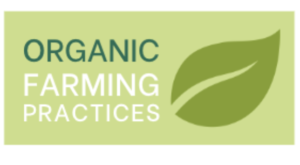
LOCATION: Kakheti
REGION: Kindzmarauli (subzone)
WINEMAKERS: Mamuka Khurtsidze
ESTATE OWNER: Mamuka Khurtsidze and Anna Addison
FARMING: Practicing organic
KEY GRAPE VARIETIES: Khikhvi, Rkatsiteli, Kisi, and Saperavi
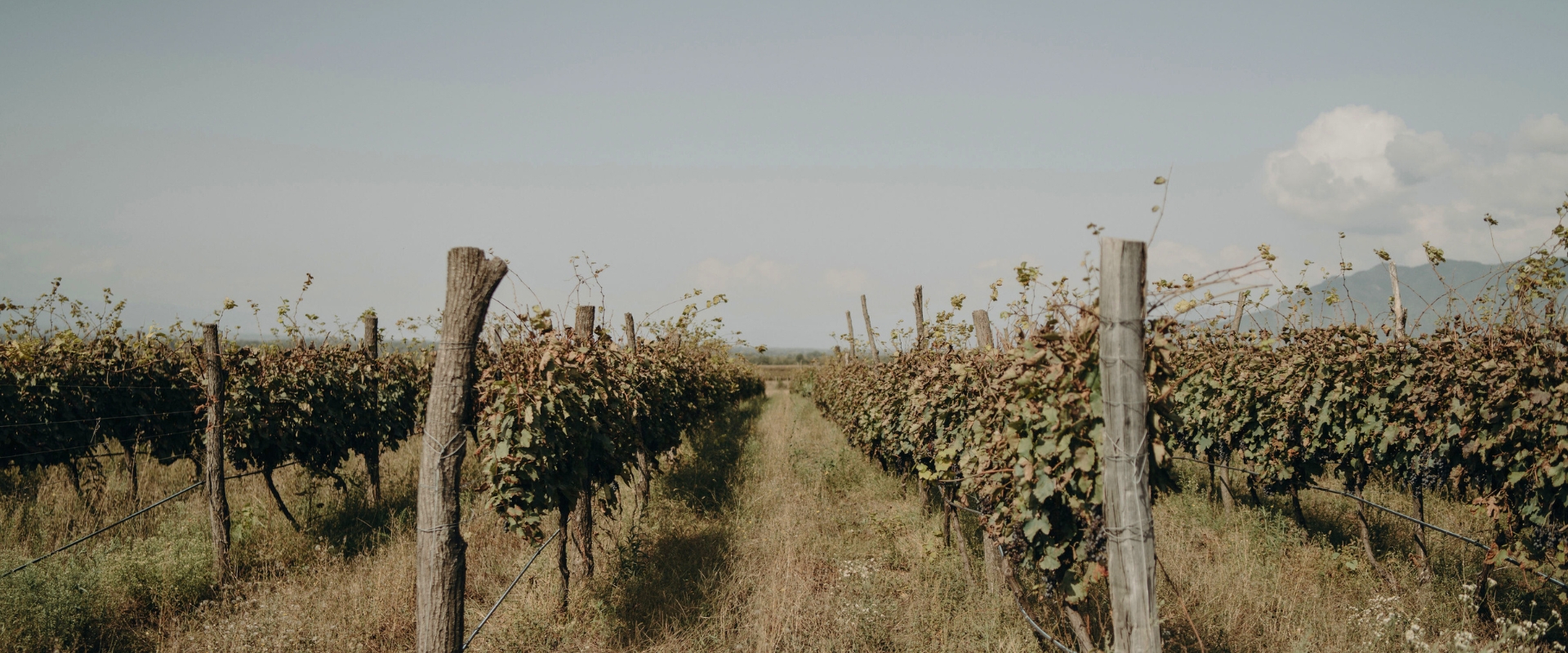
Additional Resources
“Nine Oaks wine is made the traditional Georgian way – aged underground in large clay vessels called Qvevri. Our Qvevri were handmade by a master-maker, his three sons and two mules one sunny summer. It’s a slow process (just like creating our wine) done by building up layers of local clay just 15mm a day with drying time between. When the qvevri are finished, they are fired in a brick oven, then lined with local, organic beeswax. Transport is a whole-village affair, with neighbors helping load the two-ton vessels onto a truck to make the journey to our marani.” –Anna Addison
